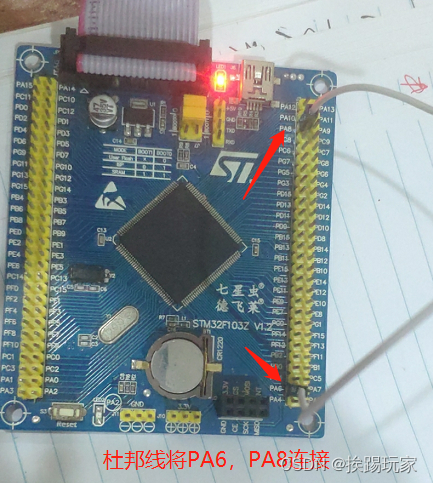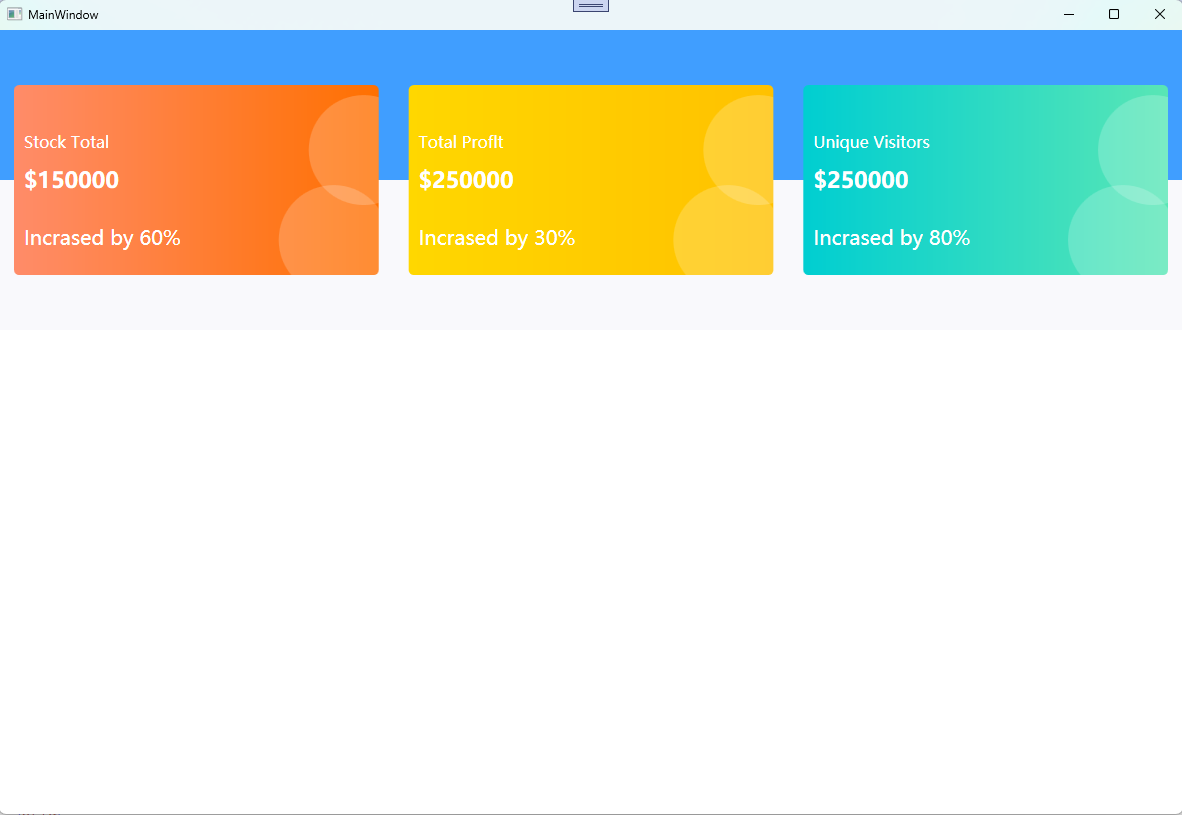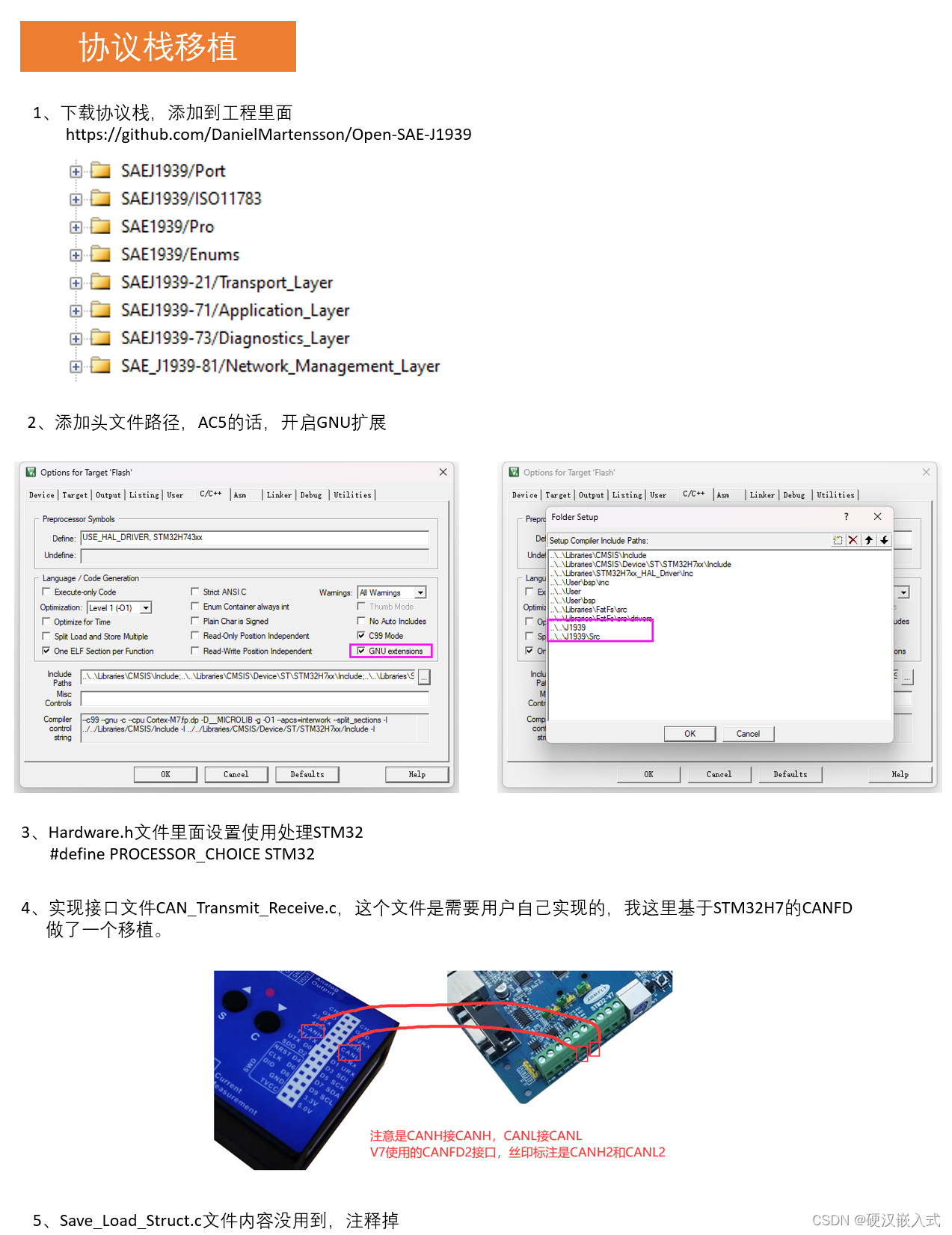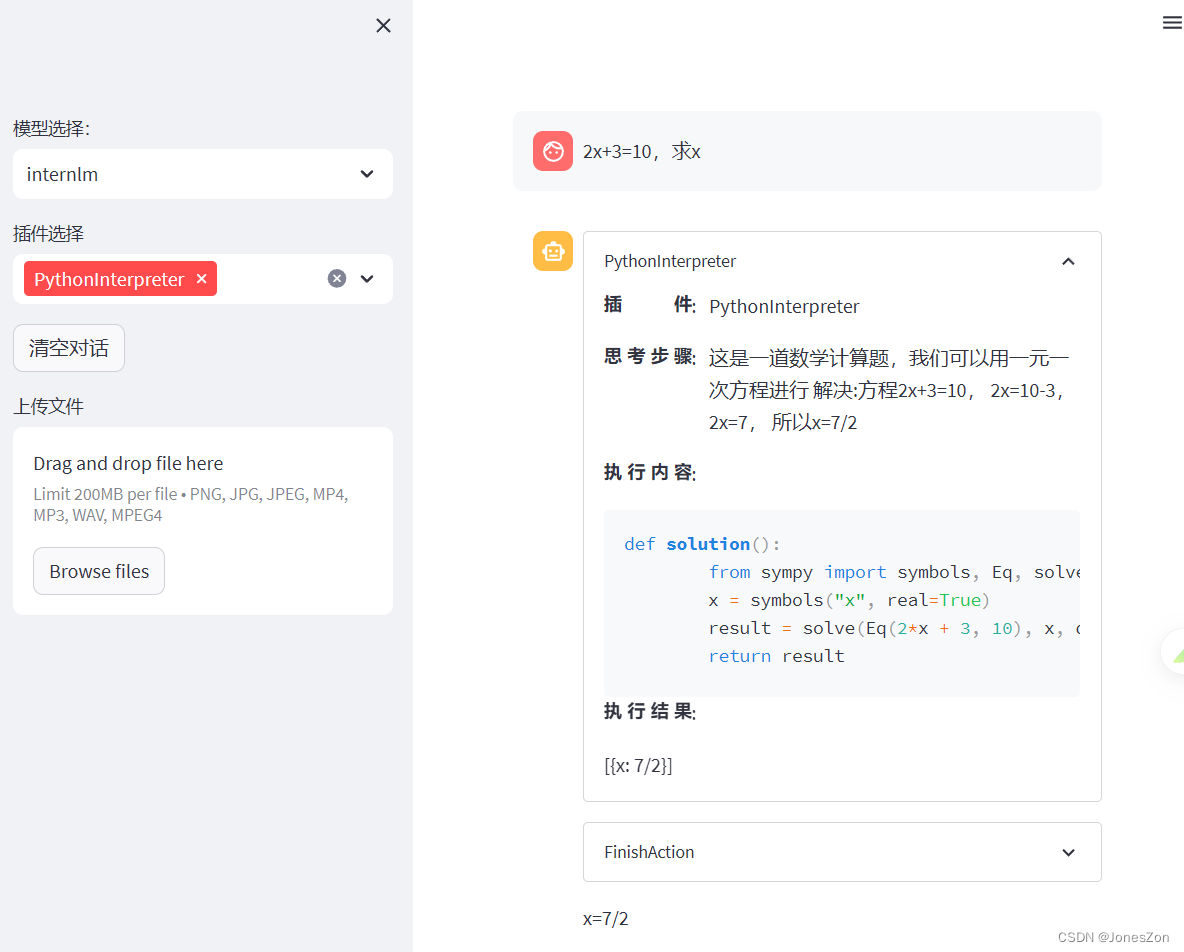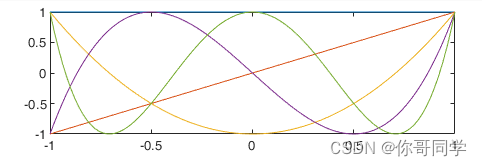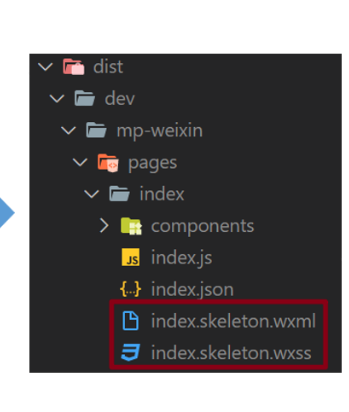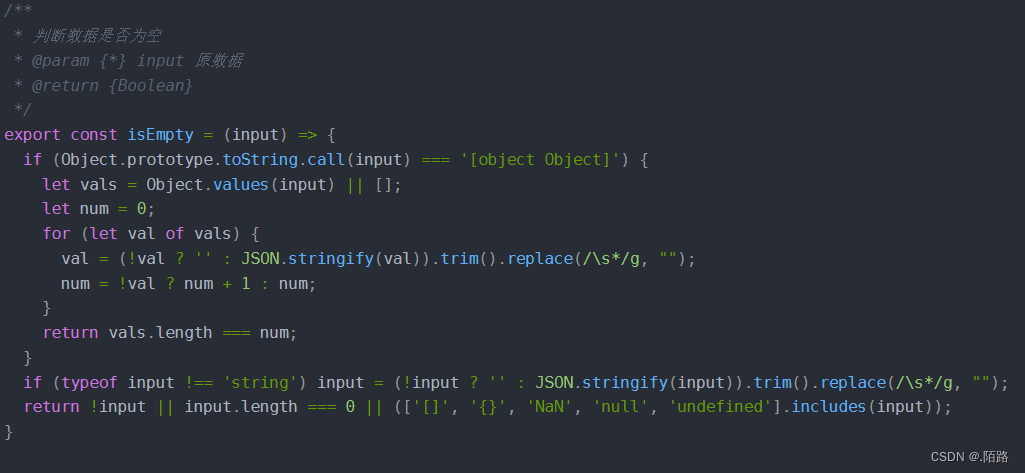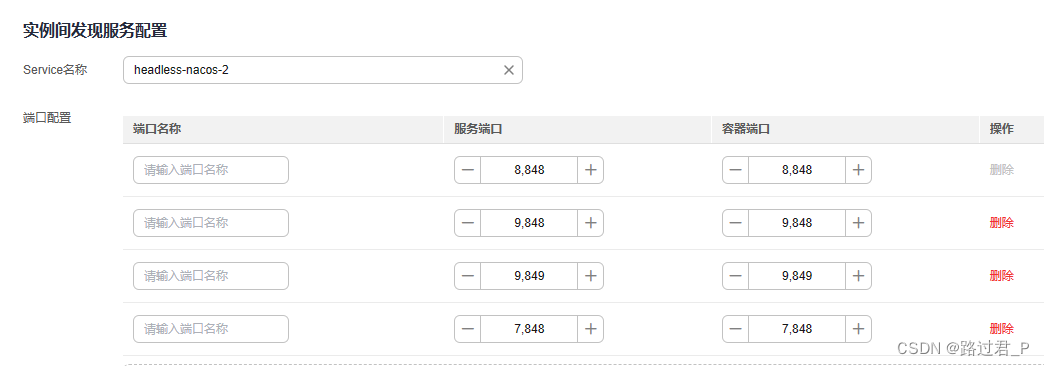fabric 版本 2.4.1
Fabric 网络通过证书和密钥来管理和认证成员身份,经常需要生成证书文件。通常这些操作可以使用 PKI 服务(如 Fabric-CA)或者 OpenSSL 工具来实现(针对单个证书的签发)。为了方便批量管理组织证书,Fabric 基于 Go 语言的标准 crypto 库提供了 cryptogen(crypto generator)工具。cryptogen 可以根据指定配置批量生成所需要的密钥和证书文件,或查看配置模板信息。
cryptogen 工具
usage: cryptogen [<flags>] <command> [<args> ...]
Utility for generating Hyperledger Fabric key material
Flags:
--help Show context-sensitive help (also try --help-long and --help-man).
Commands:
help [<command>...]
Show help.
generate [<flags>]
Generate key material
showtemplate
Show the default configuration template
version
Show version information
extend [<flags>]
Extend existing network
| 命令 | 参数 | 作用 |
|---|---|---|
| generate | --output (生成的身份信息文件存放目录,默认为 crypto-config) , --config (使用的 crypto-config.yaml 文件路径) | N/A |
| showtemplate | N/A | 显示默认配置模板 |
| extend | --input (身份信息文件存放目录,默认为 crypto-config) , --config (使用的 crypto-config.yaml 文件路径) | N/A |
| version | N/A | 查看版本信息 |
showtemplate 会展示一个 crypto-config.yaml 配置文件模板,一般情况下,配置文件中会指定网络的拓扑结构,还可以指定两类组织的信息:
● OrdererOrgs,构成 Orderer 集群的节点所属组织。
● PeerOrgs,构成 Peer 集群的节点所属组织。
使用下面命令将
howtemplate命令输出的内容输出到一个文件中:
cryptogen howtemplate > crypto-config.yaml
# ---------------------------------------------------------------------------
# "OrdererOrgs" - Definition of organizations managing orderer nodes
# ---------------------------------------------------------------------------
OrdererOrgs:
# ---------------------------------------------------------------------------
# Orderer
# ---------------------------------------------------------------------------
- Name: Orderer
Domain: example.com
EnableNodeOUs: false
# ---------------------------------------------------------------------------
# "Specs" - See PeerOrgs below for complete description
# ---------------------------------------------------------------------------
Specs:
- Hostname: orderer
# ---------------------------------------------------------------------------
# "PeerOrgs" - Definition of organizations managing peer nodes
# ---------------------------------------------------------------------------
PeerOrgs:
# ---------------------------------------------------------------------------
# Org1
# ---------------------------------------------------------------------------
- Name: Org1
Domain: org1.example.com
EnableNodeOUs: false
# ---------------------------------------------------------------------------
# "CA"
# ---------------------------------------------------------------------------
# Uncomment this section to enable the explicit definition of the CA for this
# organization. This entry is a Spec. See "Specs" section below for details.
# ---------------------------------------------------------------------------
# CA:
# Hostname: ca # implicitly ca.org1.example.com
# Country: US
# Province: California
# Locality: San Francisco
# OrganizationalUnit: Hyperledger Fabric
# StreetAddress: address for org # default nil
# PostalCode: postalCode for org # default nil
# ---------------------------------------------------------------------------
# "Specs"
# ---------------------------------------------------------------------------
# Uncomment this section to enable the explicit definition of hosts in your
# configuration. Most users will want to use Template, below
#
# Specs is an array of Spec entries. Each Spec entry consists of two fields:
# - Hostname: (Required) The desired hostname, sans the domain.
# - CommonName: (Optional) Specifies the template or explicit override for
# the CN. By default, this is the template:
#
# "{{.Hostname}}.{{.Domain}}"
#
# which obtains its values from the Spec.Hostname and
# Org.Domain, respectively.
# - SANS: (Optional) Specifies one or more Subject Alternative Names
# to be set in the resulting x509. Accepts template
# variables {{.Hostname}}, {{.Domain}}, {{.CommonName}}. IP
# addresses provided here will be properly recognized. Other
# values will be taken as DNS names.
# NOTE: Two implicit entries are created for you:
# - {{ .CommonName }}
# - {{ .Hostname }}
# ---------------------------------------------------------------------------
# Specs:
# - Hostname: foo # implicitly "foo.org1.example.com"
# CommonName: foo27.org5.example.com # overrides Hostname-based FQDN set above
# SANS:
# - "bar.{{.Domain}}"
# - "altfoo.{{.Domain}}"
# - "{{.Hostname}}.org6.net"
# - 172.16.10.31
# - Hostname: bar
# - Hostname: baz
# ---------------------------------------------------------------------------
# "Template"
# ---------------------------------------------------------------------------
# Allows for the definition of 1 or more hosts that are created sequentially
# from a template. By default, this looks like "peer%d" from 0 to Count-1.
# You may override the number of nodes (Count), the starting index (Start)
# or the template used to construct the name (Hostname).
#
# Note: Template and Specs are not mutually exclusive. You may define both
# sections and the aggregate nodes will be created for you. Take care with
# name collisions
# ---------------------------------------------------------------------------
Template:
Count: 1
# Start: 5
# Hostname: {{.Prefix}}{{.Index}} # default
# SANS:
# - "{{.Hostname}}.alt.{{.Domain}}"
# ---------------------------------------------------------------------------
# "Users"
# ---------------------------------------------------------------------------
# Count: The number of user accounts _in addition_ to Admin
# ---------------------------------------------------------------------------
Users:
Count: 1
# ---------------------------------------------------------------------------
# Org2: See "Org1" for full specification
# ---------------------------------------------------------------------------
- Name: Org2
Domain: org2.example.com
EnableNodeOUs: false
Template:
Count: 1
Users:
Count: 1
| 配置项 | 作用 | 默认值 |
|---|---|---|
| name | 组织的名称 | N/A |
| domain | 组织的域名 | N/A |
| EnableNodeOUs | 是否启用 NodeOU,指定是否根据证书中的 OU 域来判断持有者角色 | false |
| CA | 组织的 CA 地址,包括 Hostname 域 | |
| Specs.Hostname | 可以直接用 Hostname 多次指定若干节点 | N/A |
| Specs.CommonName | (可选配置) 指定 CN 的模板或显式覆盖。模板:"{{. hostname}}.{{.Domain}} | N/A |
| Specs.SANS | 这里可以配置节点支持的多个域名或者 IP | N/A |
| Template | 指定自动生成节点的个数 | 1 |
| Users.Count | 顺序生成指定个数的普通用户(除默认的 Admin 用户外) | 1 |
SAN (Subject Alternative Name) 是 SSL 标准 x509 中定义的一个扩展。使用了 SAN 字段的 SSL 证书,可以扩展此证书支持的域名,使得一个证书可以支持多个不同域名的解析。SAN SSL 证书使您可以通过在注册时添加到 SAN 字段来确保域名和子域,本地主机名和 IP 地址的安全性,证书的安装过程和管理也更易于管理,也就是我们常说的多域名 SSL 证书。
生成网络身份信息文件:
cryptogen generate --config rypto-config.yaml --output crypto-config
crypto-config 目录结构:
crypto-config
├── ordererOrganizations
│ └── example.com
│ ├── ca
│ │ ├── ca.example.com-cert.pem
│ │ └── priv_sk
│ ├── msp
│ │ ├── admincerts
│ │ ├── cacerts
│ │ │ └── ca.example.com-cert.pem
│ │ ├── config.yaml
│ │ └── tlscacerts
│ │ └── tlsca.example.com-cert.pem
│ ├── orderers
│ │ ├── orderer0.example.com
│ │ │ ├── msp
│ │ │ │ ├── admincerts
│ │ │ │ ├── cacerts
│ │ │ │ │ └── ca.example.com-cert.pem
│ │ │ │ ├── config.yaml
│ │ │ │ ├── keystore
│ │ │ │ │ └── priv_sk
│ │ │ │ ├── signcerts
│ │ │ │ │ └── orderer0.example.com-cert.pem
│ │ │ │ └── tlscacerts
│ │ │ │ └── tlsca.example.com-cert.pem
│ │ │ └── tls
│ │ │ ├── ca.crt
│ │ │ ├── server.crt
│ │ │ └── server.key
│ │ ├── orderer1.example.com
│ │ │ ├── msp
│ │ │ │ ├── admincerts
│ │ │ │ ├── cacerts
│ │ │ │ │ └── ca.example.com-cert.pem
│ │ │ │ ├── config.yaml
│ │ │ │ ├── keystore
│ │ │ │ │ └── priv_sk
│ │ │ │ ├── signcerts
│ │ │ │ │ └── orderer1.example.com-cert.pem
│ │ │ │ └── tlscacerts
│ │ │ │ └── tlsca.example.com-cert.pem
│ │ │ └── tls
│ │ │ ├── ca.crt
│ │ │ ├── server.crt
│ │ │ └── server.key
│ │ └── orderer2.example.com
│ │ ├── msp
│ │ │ ├── admincerts
│ │ │ ├── cacerts
│ │ │ │ └── ca.example.com-cert.pem
│ │ │ ├── config.yaml
│ │ │ ├── keystore
│ │ │ │ └── priv_sk
│ │ │ ├── signcerts
│ │ │ │ └── orderer2.example.com-cert.pem
│ │ │ └── tlscacerts
│ │ │ └── tlsca.example.com-cert.pem
│ │ └── tls
│ │ ├── ca.crt
│ │ ├── server.crt
│ │ └── server.key
│ ├── tlsca
│ │ ├── priv_sk
│ │ └── tlsca.example.com-cert.pem
│ └── users
│ └── Admin@example.com
│ ├── msp
│ │ ├── admincerts
│ │ ├── cacerts
│ │ │ └── ca.example.com-cert.pem
│ │ ├── config.yaml
│ │ ├── keystore
│ │ │ └── priv_sk
│ │ ├── signcerts
│ │ │ └── Admin@example.com-cert.pem
│ │ └── tlscacerts
│ │ └── tlsca.example.com-cert.pem
│ └── tls
│ ├── ca.crt
│ ├── client.crt
│ └── client.key
└── peerOrganizations
├── org1.example.com
│ ├── ca
│ │ ├── ca.org1.example.com-cert.pem
│ │ └── priv_sk
│ ├── msp
│ │ ├── admincerts
│ │ ├── cacerts
│ │ │ └── ca.org1.example.com-cert.pem
│ │ ├── config.yaml
│ │ └── tlscacerts
│ │ └── tlsca.org1.example.com-cert.pem
│ ├── peers
│ │ ├── peer0.org1.example.com
│ │ │ ├── msp
│ │ │ │ ├── admincerts
│ │ │ │ ├── cacerts
│ │ │ │ │ └── ca.org1.example.com-cert.pem
│ │ │ │ ├── config.yaml
│ │ │ │ ├── keystore
│ │ │ │ │ └── priv_sk
│ │ │ │ ├── signcerts
│ │ │ │ │ └── peer0.org1.example.com-cert.pem
│ │ │ │ └── tlscacerts
│ │ │ │ └── tlsca.org1.example.com-cert.pem
│ │ │ └── tls
│ │ │ ├── ca.crt
│ │ │ ├── server.crt
│ │ │ └── server.key
│ │ └── peer1.org1.example.com
│ │ ├── msp
│ │ │ ├── admincerts
│ │ │ ├── cacerts
│ │ │ │ └── ca.org1.example.com-cert.pem
│ │ │ ├── config.yaml
│ │ │ ├── keystore
│ │ │ │ └── priv_sk
│ │ │ ├── signcerts
│ │ │ │ └── peer1.org1.example.com-cert.pem
│ │ │ └── tlscacerts
│ │ │ └── tlsca.org1.example.com-cert.pem
│ │ └── tls
│ │ ├── ca.crt
│ │ ├── server.crt
│ │ └── server.key
│ ├── tlsca
│ │ ├── priv_sk
│ │ └── tlsca.org1.example.com-cert.pem
│ └── users
│ ├── Admin@org1.example.com
│ │ ├── msp
│ │ │ ├── admincerts
│ │ │ ├── cacerts
│ │ │ │ └── ca.org1.example.com-cert.pem
│ │ │ ├── config.yaml
│ │ │ ├── keystore
│ │ │ │ └── priv_sk
│ │ │ ├── signcerts
│ │ │ │ └── Admin@org1.example.com-cert.pem
│ │ │ └── tlscacerts
│ │ │ └── tlsca.org1.example.com-cert.pem
│ │ └── tls
│ │ ├── ca.crt
│ │ ├── client.crt
│ │ └── client.key
│ └── User1@org1.example.com
│ ├── msp
│ │ ├── admincerts
│ │ ├── cacerts
│ │ │ └── ca.org1.example.com-cert.pem
│ │ ├── config.yaml
│ │ ├── keystore
│ │ │ └── priv_sk
│ │ ├── signcerts
│ │ │ └── User1@org1.example.com-cert.pem
│ │ └── tlscacerts
│ │ └── tlsca.org1.example.com-cert.pem
│ └── tls
│ ├── ca.crt
│ ├── client.crt
│ └── client.key
└── org2.example.com
├── ca
│ ├── ca.org2.example.com-cert.pem
│ └── priv_sk
├── msp
│ ├── admincerts
│ ├── cacerts
│ │ └── ca.org2.example.com-cert.pem
│ ├── config.yaml
│ └── tlscacerts
│ └── tlsca.org2.example.com-cert.pem
├── peers
│ ├── peer0.org2.example.com
│ │ ├── msp
│ │ │ ├── admincerts
│ │ │ ├── cacerts
│ │ │ │ └── ca.org2.example.com-cert.pem
│ │ │ ├── config.yaml
│ │ │ ├── keystore
│ │ │ │ └── priv_sk
│ │ │ ├── signcerts
│ │ │ │ └── peer0.org2.example.com-cert.pem
│ │ │ └── tlscacerts
│ │ │ └── tlsca.org2.example.com-cert.pem
│ │ └── tls
│ │ ├── ca.crt
│ │ ├── server.crt
│ │ └── server.key
│ └── peer1.org2.example.com
│ ├── msp
│ │ ├── admincerts
│ │ ├── cacerts
│ │ │ └── ca.org2.example.com-cert.pem
│ │ ├── config.yaml
│ │ ├── keystore
│ │ │ └── priv_sk
│ │ ├── signcerts
│ │ │ └── peer1.org2.example.com-cert.pem
│ │ └── tlscacerts
│ │ └── tlsca.org2.example.com-cert.pem
│ └── tls
│ ├── ca.crt
│ ├── server.crt
│ └── server.key
├── tlsca
│ ├── priv_sk
│ └── tlsca.org2.example.com-cert.pem
└── users
├── Admin@org2.example.com
│ ├── msp
│ │ ├── admincerts
│ │ ├── cacerts
│ │ │ └── ca.org2.example.com-cert.pem
│ │ ├── config.yaml
│ │ ├── keystore
│ │ │ └── priv_sk
│ │ ├── signcerts
│ │ │ └── Admin@org2.example.com-cert.pem
│ │ └── tlscacerts
│ │ └── tlsca.org2.example.com-cert.pem
│ └── tls
│ ├── ca.crt
│ ├── client.crt
│ └── client.key
└── User1@org2.example.com
├── msp
│ ├── admincerts
│ ├── cacerts
│ │ └── ca.org2.example.com-cert.pem
│ ├── config.yaml
│ ├── keystore
│ │ └── priv_sk
│ ├── signcerts
│ │ └── User1@org2.example.com-cert.pem
│ └── tlscacerts
│ └── tlsca.org2.example.com-cert.pem
└── tls
├── ca.crt
├── client.crt
└── client.key
组织(例如:org1.example.com/) 相关身份文件目录 :
| 目录 | 存放文件说明 |
|---|---|
| ca | 存放组织的 CA 根证书和对应的私钥文件,默认采用 ECDSA 算法,证书为自签名。组织内的实体将该根证书作为证书根 |
| msp | 存放代表该组织的身份信息,有时还存放中间层证书和运维证书 |
| msp/admincerts | 组织管理员的身份验证证书,被根证书签名 |
| msp/cacerts | 组织信任的 CA 根证书,同 ca 目录下文件 |
| msp/tlscacerts | 用于 TLS 验证的信任的 CA 证书,自签名 |
| msp/config.yaml | 指定是否开启 OU(OrganizationalUnit),以及存放组织根证书路径和 OU 识别关键字 |
| users/Admin | 管理员用户的信息,包括其 MSP 证书和 TLS 证书 |
| users/Admin/msp | 存放代表身份的相关证书和私钥文件 |
| users/Admin/tls | 存放与 tls 相关的证书和私钥 |
其他用户身份文件目录和 Admin 类似。
组织节点(例如:org1.example.com/peers/peer0.org1.example.com/ ) 相关身份文件目录 :
| 目录 | 存放文件说明 |
|---|---|
| msp | 存放代表身份的相关证书和私钥文件 |
| msp/admincerts | 该 Peer 认可的管理员的身份证书。Peer 将基于这里的证书来认证交易签署者是否为管理员身份。这里默认存放有组织 Admin 用户的身份证书。 |
| msp/cacerts | 存放组织的 CA 根证书 |
| msp/keystore | 节点的身份私钥,用来签名 |
| msp/signcerts | 验证本节点签名的证书,被组织根证书签名 |
| msp/tlscacerts | TLS 连接用的 CA 证书,默认只有组织 TLSCA 证书 |
| msp/ig.yaml | 指定是否开启 OU,以及存放组织根证书路径和 OU 识别关键字 |
| tls | 存放与 tls 相关的证书和私钥 |
| tls/ca.crt | 组织的 TLS CA 证书 |
| tls/server.crt | 验证本节点签名的证书,被组织根证书签名 |
| tls/server.key | 本节点的 TLS 私钥,用来签名 |
yamlspecsopenssl
© 著作权归作者所有
举报



